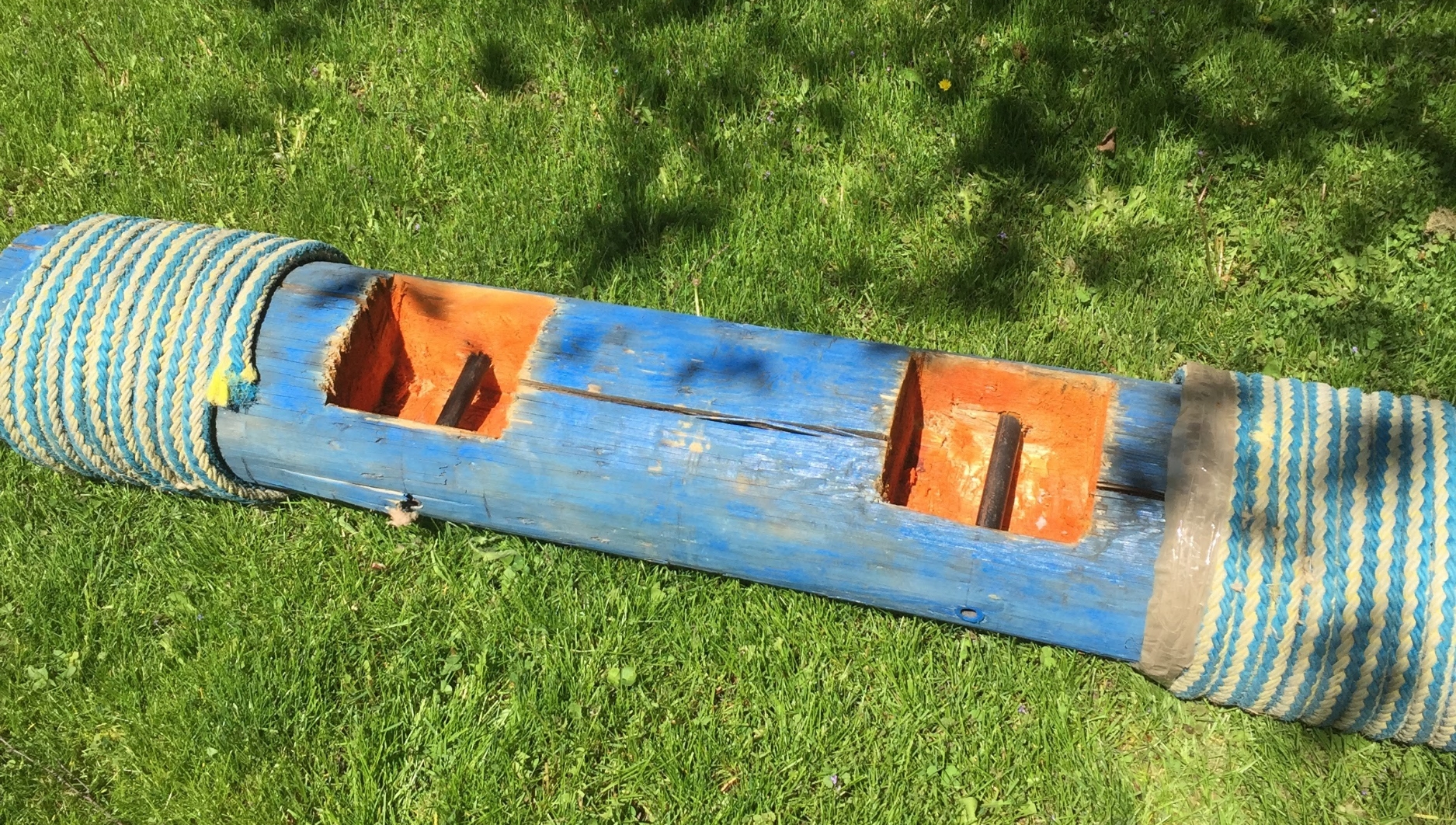DIY Chain Yoke For Strongman
Most people dread it; very few people love it. The yoke, that is. Whatever love-hate relationship you have with the yoke in strongman, amplify it by about 10-fold and you’ve got the chain yoke. The chain yoke is the pendulously evil, redheaded step-brother of the yoke.
Chain yokes, despite deserving whatever resentment you throw at them, are highly valuable tools for compact home gyms or travelling and training in gyms that don’t have a yoke to work with. For a tiny fraction of the cost of a full yoke, you can train a very similar and even more challenging stimulus. Because the chain yoke is not composed of solid metal arms, the pendulum effect of the weights swinging on the chains amplifies the need to keep a solid core and steady moving pace which will carry over to a smoother and more efficient stride for competition.
There are a number of ways to build your own chain yoke, including buying sturdy chains and flanges or hooks from the hardware store or buying easy to use strap versions of chain yokes from strongman supply shops like the SPUD Inc. swing-set straps.
The method I used works just as well and costs less than a Big Mac meal.
Making use of the bars and weights that your gym or home gym has means that it takes very little additional material to create a chain yoke. I was able to find car towing ropes with hooks larger than 2 inches in diameter on the ends at the dollar store of all places. They're rated for over 1000 pounds each and I've rigorously tested them and they seem to be holding up just fine. At 3 or 4 bucks for each tow rope, I was able to acquire the materials I could then use to make my own chain yoke (dollar stores don’t hold true to their name anymore).
Once you’ve got some tow ropes, chains, or straps to make your chain yoke with all you have to do it run them through a stack of plates and loop over a bar to be ready to go with your chain yoke. With actual chains, you'd want to use a flange, hook, or strong carabiner through the end of the bottom end of the chain so that your stacks of weights can sit flat on the ground. If you’ve got access to an axle or thicker barbell it is preferable for simulating a proper yoke and distribute more of the pressure from the weight evenly across your traps and shoulders.
The SPUD Inc. straps have different loops in the strap to allow you to easily and quickly adjust the height. If you’re working with your own straps or chains all you have to do is loop the open end of the rope around the bar you are using several times to adjust to the perfect height for you to pick the weight up from and boogey. Because the rope will tighten around the bar as you take the slack out of it, if you've evenly looped both straps around the bar you will have a perfectly even lift.
Also, put some collars on your bar to prevent the ropes, chains, or straps from sliding off the end of the bar; it’ll save you a trip to the hospital.
That’s all there is to it. Now go forth and get yoked.








